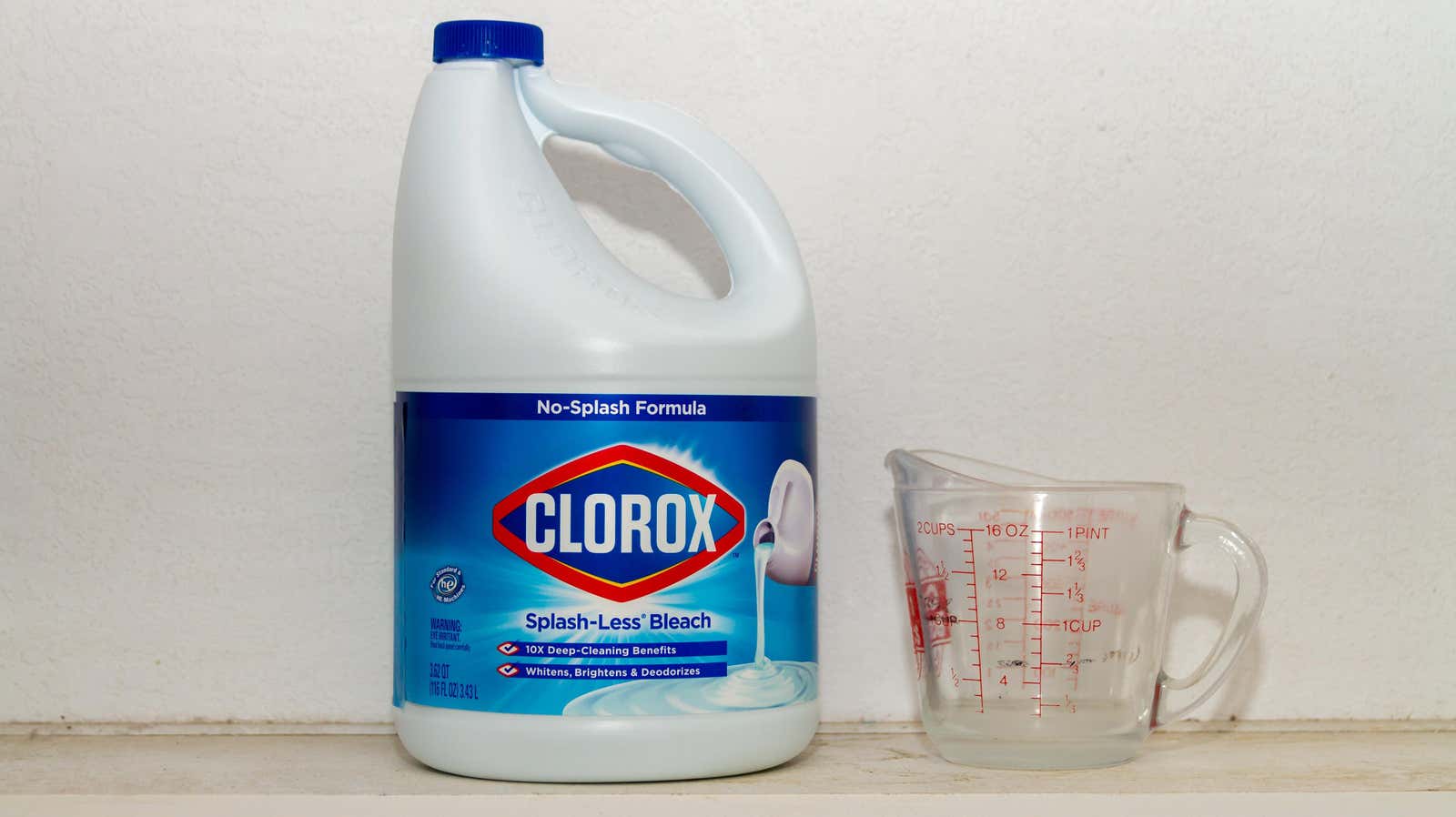Never Use Bleach on These Surfaces

Bleach has many uses beyond removing stains from white clothes, but there are some rules we should all keep in mind. You already know never to mix bleach with any other cleaners or disinfectants as it can give off dangerous fumes, but there is one more thing you should avoid.
What can be bleached
According to Architectural Digest , bleach can kill bacteria and pathogens left on surfaces after initial cleaning. It is not a cleaner by itself, but it works for 10-60 minutes after contact to destroy what is left after the first run with soap and water or another cleaner.
What not to use bleach on
However, there are some surfaces that should not be bleached:
- Laminate
- Stone
- Marble
- Granite
- Quartz
- Aluminum
- Silver
- Copper
- Enamel (with chips)
- All electronic
Reasons for avoiding bleach vary: for example, bleach can eat away at the protective coating of laminate flooring and damage the laminated paper underneath, or bleach can eat away at sealant on stone countertops, discoloring them. In fact, it is too aggressive for certain surfaces, but it works great on glazed ceramics, plastic cutting boards, painted wood, and the like. Since you have to leave the bleach on the surface for a while to really sanitize it, you can guess what kind of problem this erosion can cause.
You also shouldn’t try to clean the grout with bleach, although you can read recommendations elsewhere that you should. Because grout is so porous, bleach can really discolor and ruin grout.
Dilute the bleach, but not with hot water.
You may have heard that bleach needs to be thinned, but not sure how much. According to the Centers for Disease Control and Prevention , you should first follow the instructions on the bottle you have, but if it doesn’t have instructions, use ⅓ cup of bleach per gallon of room temperature water, or four teaspoons per liter of room. – water temp. Never dilute bleach with hot water , as this can cause some of the bleach to rise into the air with the steam and irritate the eyes and nose. In addition, hot water breaks down the bleach chemicals more quickly.
Even when properly diluted, you should use bleach in well-ventilated areas to avoid inhaling the substance. Open windows and doors. Wear gloves and protective materials, and wear old clothes that you don’t mind getting stained with bleach. (However, you can always turn them into cool tie-dye after a bad luck.)